Ethernet Switches are essential for building reliable and scalable network infrastructure, allowing seamless connectivity and efficient data management within businesses. They help manage network traffic, connecting multiple devices to form a local area network.
Ethernet Switches play a crucial role in enhancing network performance by ensuring rapid data transfers and reduced latency. These devices come in varying port densities and capabilities to meet diverse enterprise needs, from small networks to large data centers. Advanced features in Ethernet Switches support network security, traffic prioritization, and efficient management, providing adaptable solutions for tech-savvy users.
What are the essential features of Ethernet Switches?In finance, Ethernet Switches ensure fast and secure data processing essential for real-time transactions. Healthcare facilities use them for managing large volumes of patient data efficiently. In education, they support robust networks that connect various devices needed for modern learning environments.
Organizations benefit from Ethernet Switches by creating a seamless network environment that enhances communication and data handling efficiency. They offer scalability and adaptability, allowing businesses to adjust their network as they expand while ensuring reliable connections and minimal disruptions.
| Product | Market Share (%) |
|---|---|
| Cisco Ethernet Switches | 11.2% |
| Aruba Switches | 9.1% |
| NETGEAR Switches | 8.0% |
| Other | 71.7% |


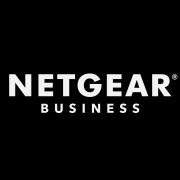







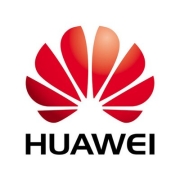




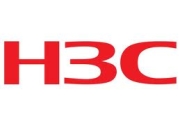



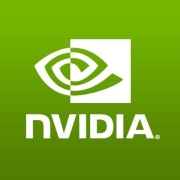









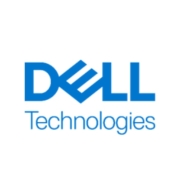





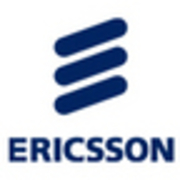

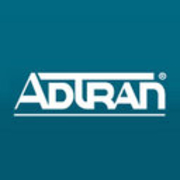


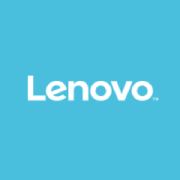







Ethernet splitting is when you split an Ethernet cable into several cables. A splitter is a small plug device with three Ethernet ports, two on one side and one on the other. While they are cheap and this seems like a simple solution, they “divide” the data throughput, reducing it with each split. This will likely affect the performance of your connected devices. A maximum of two devices can be connected per cable.
Ethernet switches are a better option for anything bigger than a home network. You use one port to connect the switch to the router via Ethernet, and then you connect the devices to the remaining ports, like a hub. Even better, the switch decodes the data received, learns where it has to go, and sends it through the right port. Since the switch enables the sending and receiving of data at the same time between devices, it results in a faster network.
Usually, the opposite is true. Ethernet switches connect different devices to the network and between themselves, enabling them to send and receive data at the same time. This increases the response speed.
There can be cases, however, where you may risk slowing your network. For instance, if the group of machines communicates mostly with each other, there shouldn’t be any problems with performance. But if 100% of the traffic goes to another switch, your uplink speed can be significantly reduced.
Ethernet Switches significantly enhance network performance by intelligently directing data packets to their intended destinations. They use MAC addresses to forward data only to the devices that need it, reducing unnecessary traffic and collisions. By segmenting your network into smaller collision domains, Ethernet Switches improve both speed and reliability, ensuring efficient data flow and minimizing bottlenecks in busy networks.
What is the difference between managed and unmanaged Ethernet Switches?Managed Ethernet Switches offer more control and customization, allowing you to configure each port and monitor network performance in detail. They support features like VLANs, Quality of Service (QoS), and link aggregation, fitting advanced network environments. Unmanaged Ethernet Switches are plug-and-play, ideal for smaller, less complex networks needing basic connectivity without the setup complexity or cost of managed solutions.
Why are PoE Ethernet Switches beneficial for businesses?Power over Ethernet (PoE) Ethernet Switches are advantageous as they deliver both data and power through a single cable, simplifying installation and reducing infrastructure costs. This feature is particularly beneficial for deploying network devices like IP cameras, wireless access points, and VoIP phones. PoE supports flexibility and scalability, easily accommodating future network expansions without additional power infrastructure.
How does VLAN configuration in Ethernet Switches enhance security?Virtual LANs (VLANs) configured on Ethernet Switches allow you to segment a network into separate logical networks, enhancing security by isolating sensitive data from the broader network. This partitioning minimizes the risk of unauthorized access and limits broadcast traffic, which enhances overall network security. VLANs also simplify management and troubleshooting by organizing devices into distinct groups based on function or department.
What factors should you consider when selecting the right Ethernet Switch for your network?When choosing an Ethernet Switch, consider factors like the number of devices in your network, the need for managed features, and whether PoE is necessary. Evaluate the speed requirements, such as the need for Gigabit or 10 Gigabit Ethernet, and assess future scalability. Environmental considerations, such as indoor vs. outdoor use and rack vs. desktop placement, are also important to ensure adequate durability and performance.